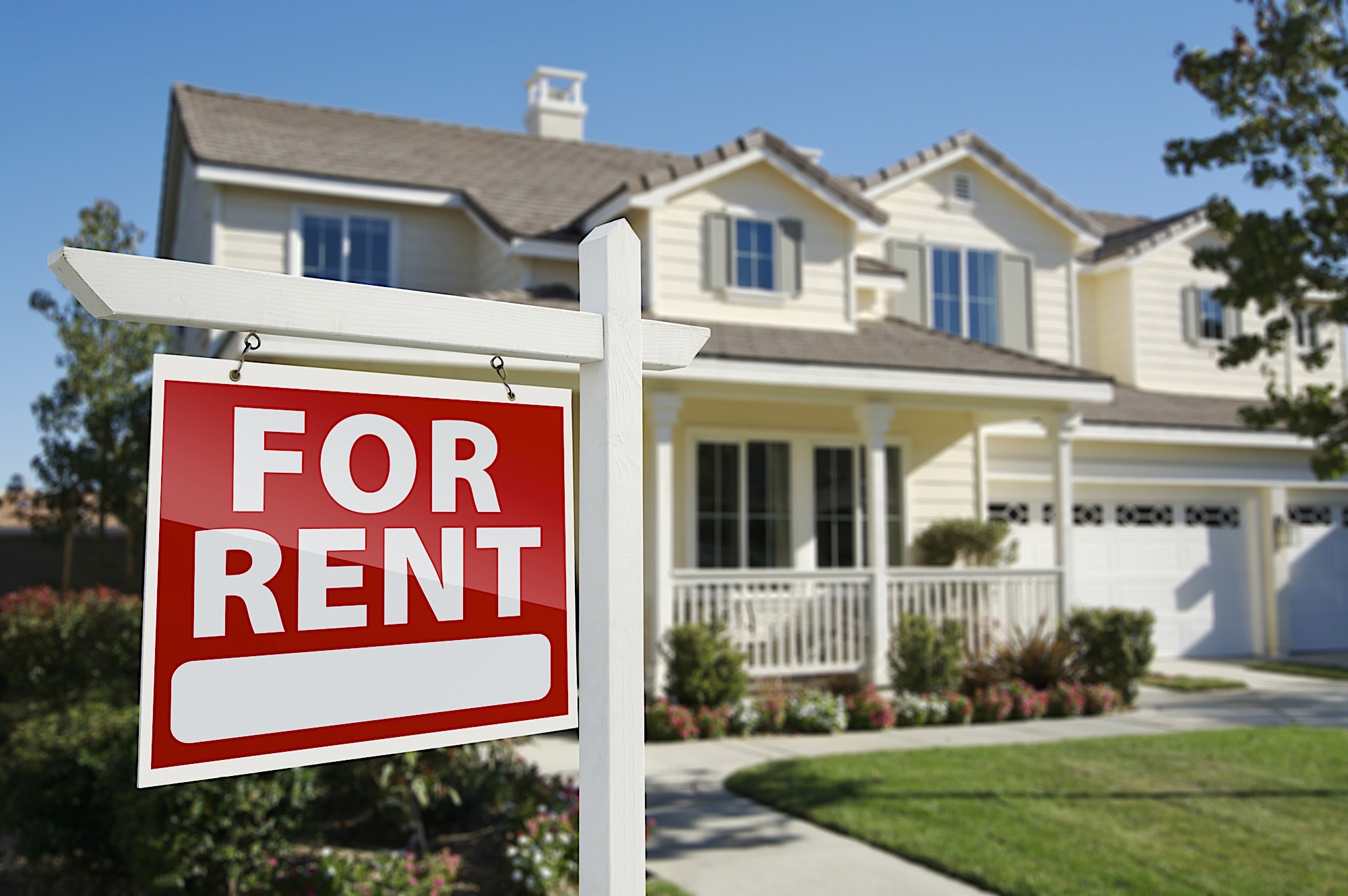One of the major components in a successful house flip is properly estimating your after-repair value. You can do great work on the property but if you are off the mark with your ARV the deal won’t be as successful as you anticipated. Experienced rehabbers understand that simply making improvements doesn’t always increase the value. Sure, improvements help but if there are few comps to support the value, you won’t sell for the number you have in mind. Estimating your ARV is more than just an educated guess. You need to examine every aspect of previous sales, current listings, value added and work you plan on doing. Once you break those items apart you should be left with a pretty good estimation of what you think you can list your home for. Here are five tips to help nail your next ARV estimate.
- Recent sales. The best indicator of value are recent sales. Brokers and buyers often rely on sales as a barometer for what they should offer or where they should list a property. There are many factors that impact sales, so it is not the sole indicator, but it is the most common. When looking at sales the first criteria should be location followed closely by room count. A three-bedroom ranch can’t be viewed the same as a four-bedroom colonial. Since no two properties are ever exactly alike all you can do is try your best to compare apples to apples. It is important that you think like a buyer and not a seller. Your selling side will gravitate to the comps that are more in your favor, whereas buyers will always take the opposite viewpoint. The more conservative you are in your comps the greater margin for error you will have in your list price.
- Current listings. Buyers will compare your property with others that are currently on the market. Since your property may be a few weeks, or even months, away it is important not to take a lot of stock in current listings. For starters, you don’t know what is going to happen with these listings. They could sell quickly, or they could sit on the market for weeks. There could be a price reduction, or the market could explode, and homes fly off the shelf. With current listings you just want to make sure you are in the same ballpark either way. You are looking more at what is being offered and at what starting point than anything else. You want to look at certain trends and amenities that may be more popular in this market than in others. If you can take just one thing away from the current listing inventory that helps your rehab you have done your job. Use current listings more for the work on the property rather than what you think you can sell it for.
- Market growth. It is no secret that properties in popular markets ultimately sell for more money. If you have already made your offer or have already closed, you should be confident you have picked a great location. The key is to capitalize on the demand before things change. A property in an up and coming market with strong schools, low taxes and low crime will sell for much more than one with poor employment and uncertain leadership. Demographics in a town often don’t change too much over a 90-day period. You just need to make sure that nothing major is scheduled to change during that time like a large employer leaving or a school closing. If the town is growing, you can take the calculated risk of listing a little higher than you usually do knowing that demand is there.
- Value added. There are two basic ways that a property can appreciate. The first is simply by the strength of the market and the demand to buy. The second is with the improvements you make. Experienced rehabbers understand that all improvements do not automatically create value. In certain markets a luxury pool can actually be a negative, rather than an immense positive. You need to make strategic upgrades that move the needle to a broad spectrum of buyers. With the right mix of modern and practical updates you will see an increase in demand and ultimately a bump in your sales price.
- Sales type. All sales are not equal. As you evaluate comps and active listings it is important to dig a little deeper and read the comment section on every listing. There is a huge difference in a distressed property sale and a traditional transaction. In a distressed sale there is often motivation for the seller to take a steep discount. In a foreclosure or short sale the seller may want to simply take what they can get and move on. If the property is in probate family members may not want to fight to get top dollar. Whatever the reason, knowing the full story behind a transaction will give you a clearer sense of value and help in your decision-making process.
Your after-repair value estimate should be based on fact and not simply a blind guess. The closer you are to your value the higher your sales price will be and the more net profit you will realize.







